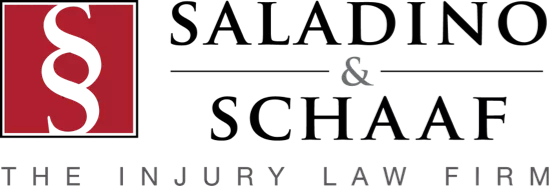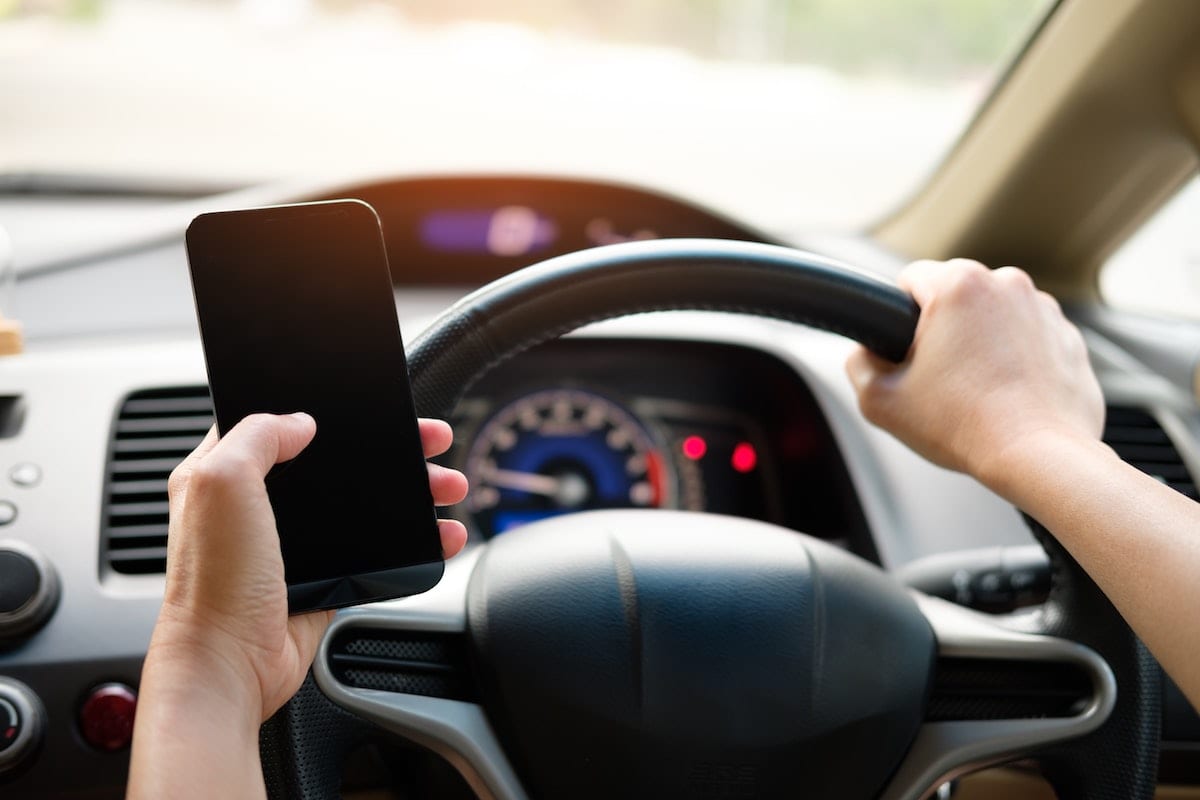Distracted driving is a major problem as noted in a 2017 study, distracted driving resulted in 10 times more deaths than gun-related deaths in the United States. The phrases “driving while distracted” and “driving while texting” may seem interchangeable, but they are not. Distracted driving can result from any number of activities that keep the driver from giving their full attention to the road, surrounding vehicles, and speed limit.
According to a 2015 study by the National Center for Statistics and Analysis, distracted driving kills approximately nine people and injures more than 1,000 each day. This number continues to grow.
Types of Distracted Driving
Distracted driving results from the driver’s non-driving actions that force the driver’s attention from safely operating the vehicle:
- Eating/Drinking
- Smoking
- Apply Makeup
- Shaving
- Conversing with Passengers
- Daydreaming or Losing Focus
- Using Electronic Devices (stereo, cell phone, etc.)
- Driving while Intoxicated
The National Highway Traffic Safety Administration lists three primary categories for distracted driving:
- Visual – Drivers taking their eyes off the road.
- Manual – Drivers taking their hands off the wheel.
- Cognitive – Drivers taking their mind off the road and operation of the vehicle.
Additionally, distracted driving accidents can be classified in one of three severity levels:
- Simple Distractions – At-fault driver fails to react appropriately to a situation.
- Extreme Distractions – Smartphones, tablets, and smartwatches are an ever-increasing cause of motor vehicle accidents.
- Intoxication or Impairment – Driving while under the influence of alcohol or drugs.
Simple Distractions
Most accidents are the result of the at-fault driver’s failure to react to circumstances. This failure can be as simple as an accident that results from failure to scan the roadway or look left and right.
Extreme Distractions
Cell Phone Distractions
Advances in cell phone and mobile devices over the past decade have transformed society.
Most people who own a cell-phone admit to sending a text, making a call or responding to an email while driving. According to a 2019 study, 37% of drivers aged 18 to 34, and 25% from all age groups surveyed, say they feel a high degree of pressure to respond to work-related messages while driving.
Cell phone distractions are extremely hazardous as they cause the driver to become visually, manually, and cognitively distracted. The driver will need to take their eyes off the road to use the phone. Additionally, they will often have one hand off the steering wheel, and their mind becomes focused on the cell phone use and conversation rather than the roadway.
Proving distraction by cell phone usage in a crash will often start with your conversation with the at-fault party after the accident. Informing the responding police officer of any admission of cell phone use and explaining the situation will help document the violation.
You cannot search the at-fault driver’s cell phone; however, a personal injury lawyer may be able to obtain the cell phone records. These records include call logs, text messages, and data usage on the day of the collision. Your attorney may also be able to question the driver about their cell phone usage as it relates to the crash. They will present this evidence to the insurance company and ultimately to the jury to help establish unsafe distractions by the at-fault driver.
Intoxication and Impaired Driving
Intoxicated or impaired driving is generally easier to identify as the responding officer will typically investigate this at the collision scene. If found to be impaired or intoxicated, the officer will normally arrest the at-fault driver for these violations. In these cases, the responding officer’s report will provide much of the evidence needed. These reports include:
- Officer’s written observations at the scene of the accident.
- Audio or video recordings of interaction with the at-fault driver and the police officers.
- BAC or blood test results that indicate the level of intoxication or impairment of the at-fault driver.
In such cases, the law may allow for additional damages known as punitive damages. Punitive damages are designed to punish the offender and deter conduct regarded as reckless.
Let Saladino & Schaaf Help with Your Distracted Driving Case
The first step to protecting your rights is to communicate with the investigating officer to let them know the at-fault driver was distracted. The evidence of distracted driving begins at the collision scene. Next, you should retain an experienced personal injury lawyer who can help you further investigate and obtain evidence.
If you have been injured in an accident with a distracted driver, contact Saladino & Schaaf today or call us at 270-444-0406 to schedule a free consultation with our team. You may be entitled to a significant settlement, but you must act quickly as there are time limits on bringing legal action against the at-fault driver.


